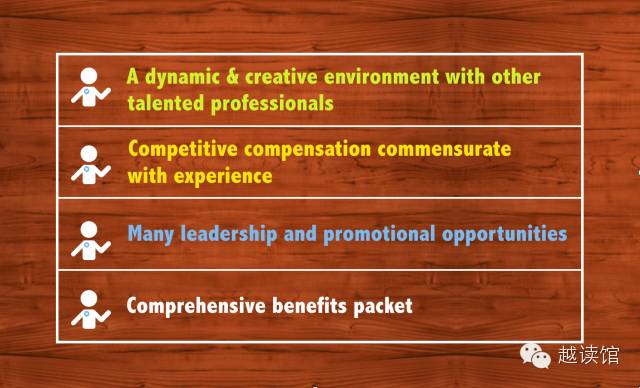# Sample Vacation Policy: Your Ultimate Guide to Crafting an Irresistible Employee Benefit
## IntroductionIn today’s competitive job market, a well-structured Sample Vacation Policy can be a game-changer for attracting and retaining top talent. Th……
## Introduction
In today’s competitive job market, a well-structured Sample Vacation Policy can be a game-changer for attracting and retaining top talent. This guide will delve into the nuances of creating a vacation policy that not only meets legal requirements but also enhances employee satisfaction and productivity.
## Why a Vacation Policy Matters
A thoughtfully designed Sample Vacation Policy serves multiple purposes. It clarifies the vacation entitlement for employees, establishes procedures for requesting time off, and sets expectations for both the employer and the employee. A clear vacation policy can lead to reduced burnout, improved morale, and ultimately, a more engaged workforce.
## Key Components of an Effective Vacation Policy
### 1. Vacation Accrual
In your Sample Vacation Policy, specify how vacation days are accrued. For example, employees might earn a certain number of vacation days per month worked. This transparency helps employees plan their time off and increases their sense of ownership over their vacation days.
### 2. Carryover Rules
Decide whether unused vacation days can be carried over to the next year. Some companies allow unlimited carryover, while others may have a cap. Clearly outline these rules in your Sample Vacation Policy to avoid confusion.

### 3. Request Procedures
Detail the process for requesting vacation time. Include how far in advance employees should submit their requests and any forms they need to fill out. This will help streamline the approval process and minimize disruptions.
### 4. Blackout Periods
If your business experiences peak seasons where time off is restricted, include this information in your Sample Vacation Policy. Be transparent about these periods to manage expectations and ensure fairness.
### 5. Payout of Unused Vacation Days
Clarify your policy on unused vacation days at termination. Will employees receive payment for their accrued days? This is an important aspect of your Sample Vacation Policy that can significantly influence employee satisfaction.

## Benefits of a Strong Vacation Policy
### 1. Attracting Top Talent
A robust Sample Vacation Policy can set your company apart from competitors. Candidates are more likely to choose a job that offers generous vacation benefits, especially in industries where work-life balance is a priority.
### 2. Improving Employee Morale
When employees feel valued and have the opportunity to recharge, their morale improves. A well-articulated vacation policy can foster a positive work environment, leading to higher productivity.
### 3. Reducing Turnover Rates

Employees are less likely to leave a company that respects their need for time off. A clear and fair Sample Vacation Policy can help reduce turnover rates, saving your company both time and money in recruitment and training.
## Conclusion
In summary, a well-crafted Sample Vacation Policy is not just a legal necessity; it’s a strategic tool that can significantly enhance your workplace culture. By considering the components outlined in this guide, you can create a vacation policy that not only meets the needs of your business but also prioritizes the well-being of your employees. Investing time in developing a comprehensive vacation policy will pay dividends in employee satisfaction and retention, setting your organization on the path to success.
### Call to Action
Are you ready to create an enticing Sample Vacation Policy for your organization? Start today by reviewing your current policies, gathering employee feedback, and implementing changes that will make your workplace more attractive to current and future employees.